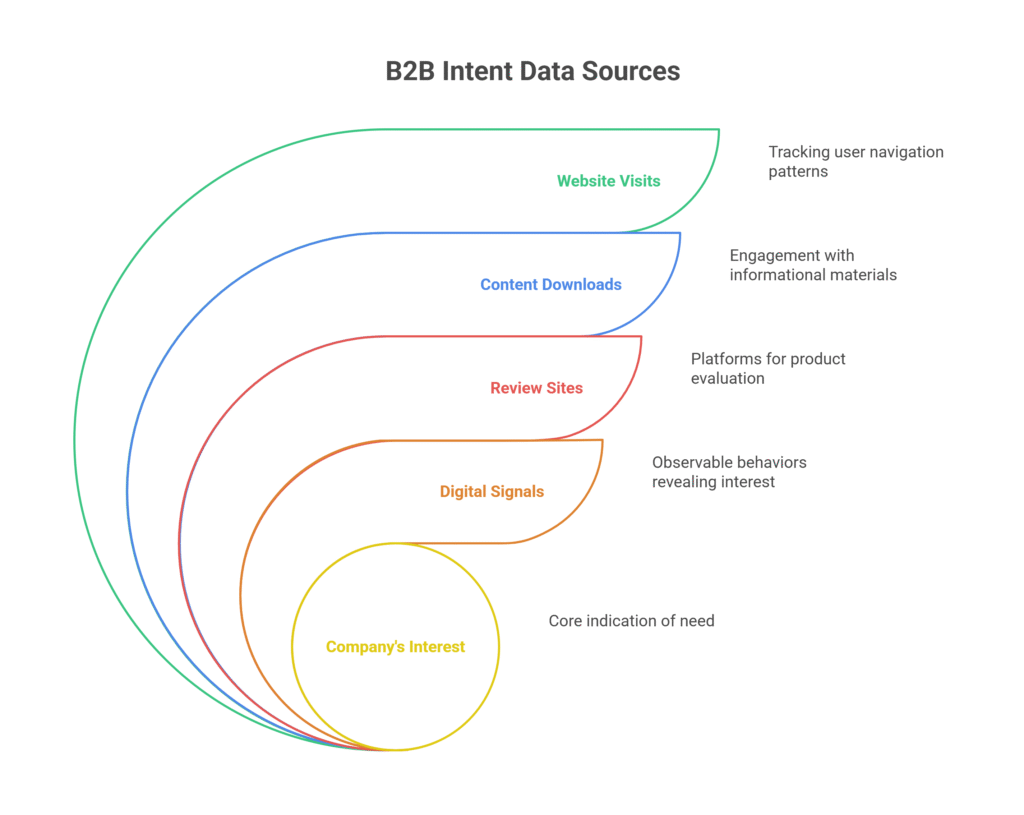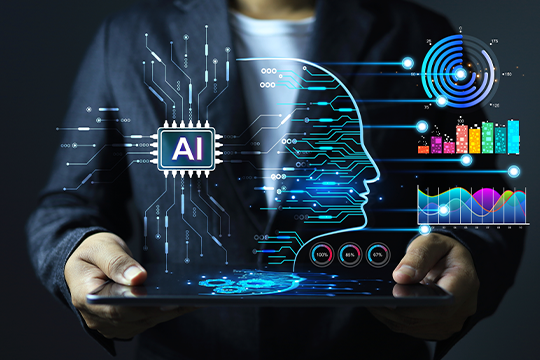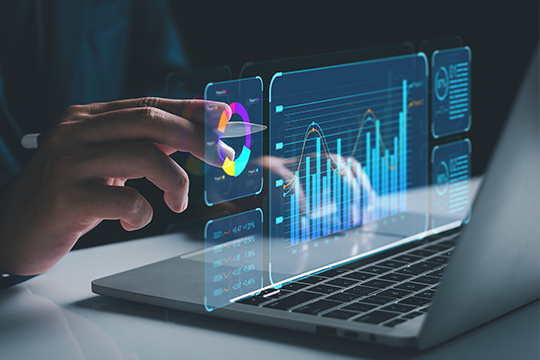Introduction
In the fast-moving world of B2B marketing and sales, timing is everything. Knowing who’s ready to buy and when to engage can make the difference between closing a million-dollar deal or losing it to a competitor. That’s why B2B intent data collection has become mission-critical—and in 2025, AI is revolutionizing how companies collect, analyze, and act on this data.
Thanks to advancements in machine learning lead generation and AI-powered sales intelligence, B2B organizations are no longer flying blind. Instead, they’re leveraging real-time behavioral signals and predictive analytics to identify high-intent buyers earlier and more accurately than ever before.
This blog explores how AI is reshaping the intent data landscape, the role of machine learning algorithms for buyer intent prediction, and real-world case studies demonstrating how this transformation is driving significant ROI.
What is B2B Intent Data?

B2B intent data refers to digital signals that indicate a company’s interest in a particular solution, product, or category. These signals may come from:
- Searches on review sites like G2 or TrustRadius
- Content downloads and whitepaper views
- Website visits (yours or competitors’)
- Keyword searches across publisher networks
- Ad click-through behavior
- Social media and forum engagement
The goal is to uncover which companies are actively researching and likely to be in-market—so sales and marketing teams can prioritize them accordingly.
The Limitations of Traditional Intent Data Collection
Historically, intent data has been collected through:
- Third-party cookie tracking
- Static lead scoring models
- Rule-based workflows
However, these methods often fall short in accuracy and timing. Cookies are becoming obsolete, lead scoring is often too simplistic, and static rules don’t reflect real buyer behavior.
That’s where AI intent data collection changes the game.
How AI is Elevating Intent Data Collection

In 2025, AI-powered platforms are making B2B intent data collection smarter, faster, and more actionable than ever before.
-
Behavioral Pattern Recognition with Machine Learning
AI doesn’t just track what users are doing—it understands why they’re doing it. By feeding millions of data points into machine learning algorithms, AI can identify subtle patterns in user behavior that indicate true buying intent.
For instance, a buyer visiting your website’s pricing page after downloading a competitor comparison guide is showing stronger intent than someone browsing a blog post. AI quantifies these behaviors and dynamically scores them, continuously updating as new data comes in.
This makes B2B buyer intent prediction not only possible but highly accurate.
-
Predictive Analytics and Lead Prioritization
AI platforms now integrate predictive scoring models to surface the accounts most likely to convert. These models evaluate thousands of variables—like firmographics, engagement history, technographics, and external signals—to create a real-time buyer intent profile.
Sales teams no longer have to guess who’s ready. They’re presented with a prioritized list of accounts ranked by their likelihood to buy.
This level of insight enables machine learning lead generation workflows that are more efficient and less dependent on human guesswork.
-
Natural Language Processing (NLP) for Deeper Insight
Using NLP, AI tools can analyze written content like reviews, forums, and social posts to detect buying signals that wouldn’t be captured by traditional tracking.
Imagine your AI tool scanning Reddit threads or product reviews and identifying language like “looking to switch CRM vendors this quarter.” That’s pure gold for your sales team and it’s being harvested in real time.
Real-World Case Studies: AI-Driven Intent Data ROI
Let’s look at some companies that have successfully used AI-powered sales intelligence for better outcomes.
Case Study: Acme Tech Solutions — 30% Faster Sales Cycle
Challenge: Acme, a mid-size SaaS provider, struggled to prioritize outbound leads and often wasted resources on accounts with no intent.
Solution: They implemented an AI-driven intent data platform (6sense) that combined website tracking, third-party behavioral signals, and predictive analytics.
Result:
- 30% reduction in sales cycle length
- 20% increase in win rates
- Reps spent 40% more time on high-intent accounts
Case Study: Luminary IT — 3X Increase in Marketing ROI
Challenge: Luminary’s marketing team lacked visibility into which prospects were in-market, leading to inefficient ad spend.
Solution: By using AI-enhanced intent data and integrating it with their HubSpot campaigns, they dynamically personalized content and retargeted only high-intent accounts.
Result:
- 3X improvement in MQL-to-SQL conversion
- 5X increase in email open and click rates
- 45% increase in marketing-sourced pipeline
Case Study: Orion Enterprises — 60% Lift in Lead Quality
Challenge: Orion’s SDR team dealt with a high volume of unqualified leads.
Solution: They adopted an AI-powered platform that used machine learning to predict lead fit and timing based on both firmographic and behavioral data.
Result:
- 60% increase in qualified leads
- 25% reduction in SDR outreach time
- 35% improvement in deal velocity
These examples highlight the true power of AI intent data collection: it doesn’t just save time but it also creates meaningful, scalable impact on pipeline and revenue.
Future Trends – What to Expect Beyond 2025

AI’s role in B2B buyer intent prediction will only deepen in the coming years. Some trends on the horizon include:
-
Proactive AI Agents for Sales Engagement
Think of AI sales assistants that not only identify high-intent leads but also initiate personalized email sequences or book meetings autonomously.
-
Real-Time Conversation Intelligence
AI tools that listen to sales calls and instantly alert reps about competitor mentions, objections, or buying signals—giving reps coaching in real time.
-
Cross-Channel Intent Signal Correlation
AI will correlate behavior across web, email, social, and even phone calls—creating a complete and unified intent profile per account.
These developments will make AI-powered sales intelligence even more indispensable.
Conclusion
As we navigate 2025, one thing is clear: companies that harness AI for B2B intent data collection will gain a serious edge. Whether you’re optimizing marketing spend, increasing lead quality, or shortening the sales cycle, the power of machine learning lead generation is no longer optional but it’s essential.
The fusion of machine learning algorithms for buyer intent prediction and real-time behavioral data is transforming how B2B organizations engage, qualify, and convert leads. If your teams still rely on guesswork or outdated lead scoring, it’s time to evolve. Let AI do the heavy lifting, so your team can focus on what matters most: building relationships and closing high-quality deals.



